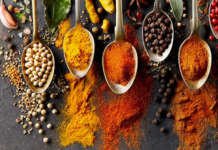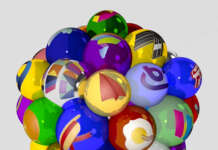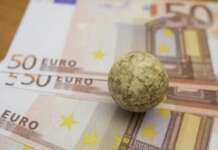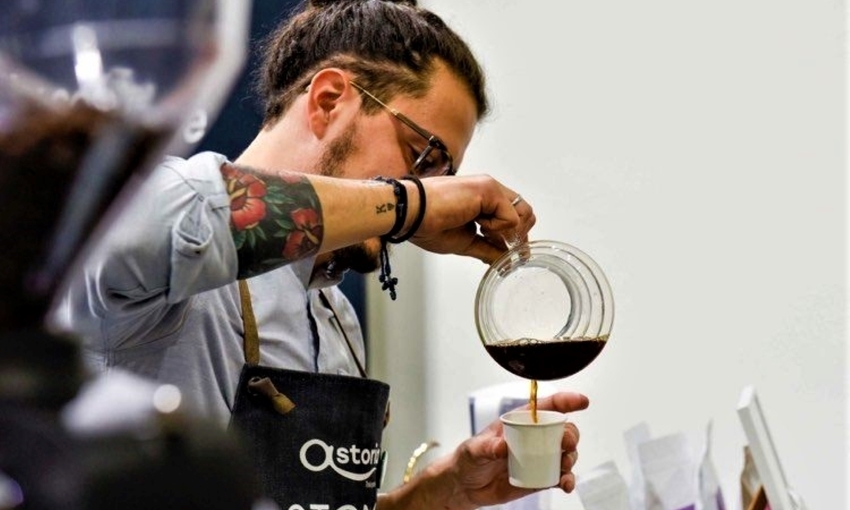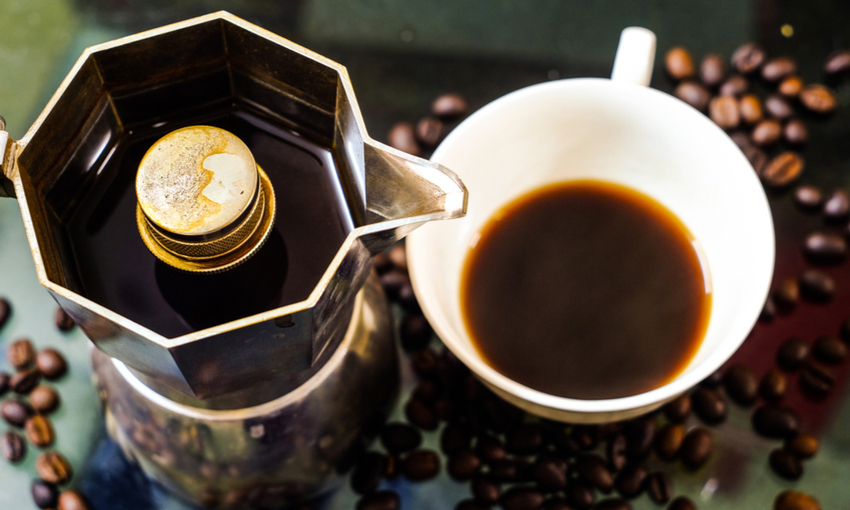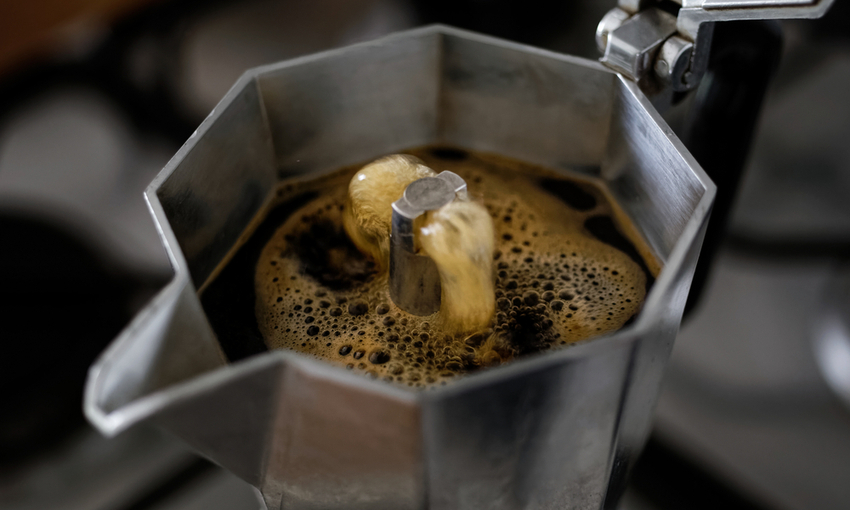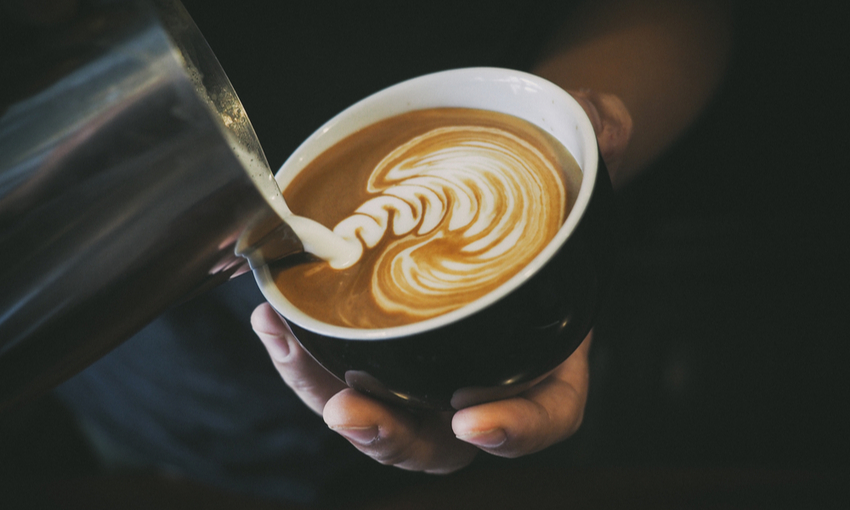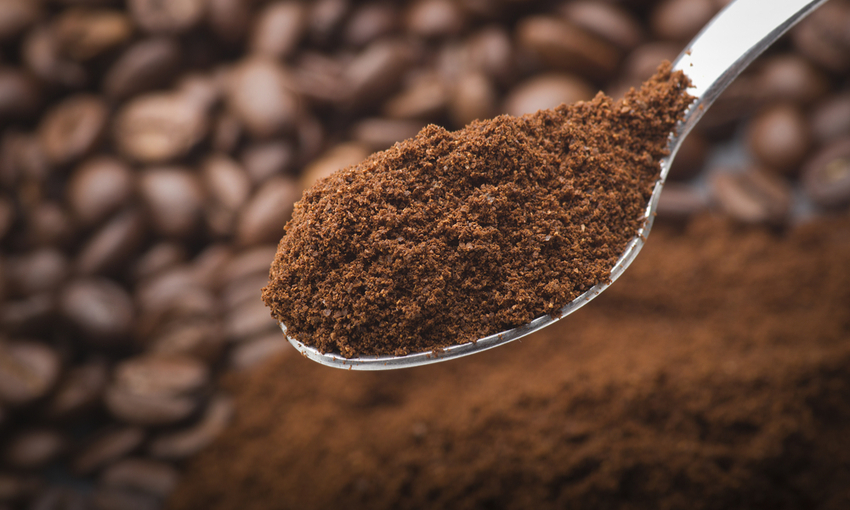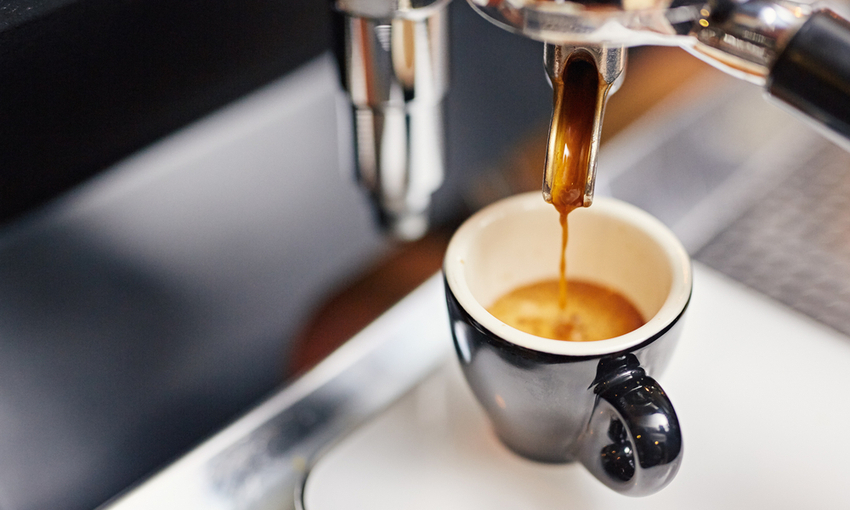Index
Cappuccino, mocha, espresso: these are three cornerstones of the Italian tradition, indispensable parentheses of taste that complete a meal, give the right start to our days or simply cheer up the little breaks we allow ourselves. If it is easy to associate the mocha to the home, where it has long been the undisputed protagonist, before the spread of espresso coffee machines, cappuccino ed All espresso brewing methods, in fact, they represent the most consumed drinks when we are out. Often, however, we drink them casually, ignoring that behind these apparently simple preparations there is a real world. A world that today we want to discover together, learning how to make cappuccino - obviously starting from the tricks for the perfect mocha - and how to recognize a good espresso, thanks to the advice of David Valenciano, an industry professional.
Coffee and cappuccino: the essentials of Italian culture
Few things can awaken the senses like thearoma of coffee, which already at the moment it begins to spread, caresses and tempts us. Coffee that often represents a moment of pleasure, to be shared or enjoyed in solitude, but which is also the basic element of another much-loved drink and protagonist of our breakfasts, namely cappuccino. Today, we will discover how to prepare a mocha and cappuccino at home as true professionals and we will reveal some clues to understand what to expect from the espresso that is served at the bar or restaurant, simply by observing some small - but not negligible - details. To guide us in this full-immersion in world of coffee è David Valenciano: XNUMX year old SCA graduate (Specialty Coffee Association), sensory judge at IIAC (International Institute of Coffee Tasters), qualified as Italian Espresso Trainer, as well as a bartender at the 21 Way of Living in Milan. We interviewed him for you, and these are the secrets he revealed to us.
The art of Moka, from Bialetti to today
Before moving on to cappuccino, let's start with the "basics". We are talking about the mocha, invention of Alfonso Bialetti, which revolutionized the world of coffee shops in 1933. It is difficult to find a house in which there is not at least one example, even if over the years it has found itself increasingly giving way to diffusion of espresso coffee machines, more practical and easy to use. The culture of the mocha, however, resists and, indeed, for a good portion of the population it is indispensable.
However, preparing a good coffee with the mocha is not as easy as it seems. In fact, there are some aspects to pay close attention to, starting with the model, as Davide Valenziano explains: "My advice, whenever possible, is to buy one in stainless steel. Most of those on the market are, in fact, made of aluminum, which at high temperatures it releases small amounts of metals into the drink. Obviously, these are negligible quantities for health purposes, but if we can avoid them, so much the better ”.
How to prepare the perfect mocha
So how to prepare an artfully made moka? Let's start with the choice of coffee: “Better favor the one in grains to be ground at the moment. Thus, the aroma is best preserved ”. Another important suggestion, which Davide is keen to emphasize, is to put the mocha on the fire with the lid of the jug (the upper part of the coffee pot). always open: "It serves both to dissipate the heat that develops inside the jug, and to avoid thecondensation effect, that is the droplets of water that, inevitably, would form under the lid and that, falling back, would mix with the coffee altering the taste".
Ingredients for three people
- 15 g of coffee (traditional blend)
- 150 ml of water (better if bottled, that from the tap can be too calcareous)
Method
- Pour the water up to the valve, if possible pre-heating it. As Davide explains, in fact: “The moka is born with the defect of boiling the water in the boiler. In this way, you risk over-extracting the coffee and therefore finding it in the cup bitter and astringent substances".
- Put the coffee in the filter without pressing it, in order to facilitate the passage of water.
- Screw the jug on the filter, tightening well and heat the mocha a medium-low flame, to allow a slower and more homogeneous rise of the water.
- Add a small amount of water (about 10/15 ml) to the jug: in addition to lengthening the drink and making it less dense is strong, prevents the coffee from coming into contact with the hot walls of the mocha and burning when it comes out.
- Once the coffee starts pouring into the pot, wait for the moment when the flow starts to get more voluminous, which usually happens just before the coffee maker “mumbles”. At this point, turn off the flame, so as to avoid boiling of the water.
- Stir in the coffee before serving it in the cup and get ready for tasting.
Cappuccino, the star of Italian breakfasts
Usually served in a large and steaming cup, with a white and compact foam cap, furrowed by brownish veins, in some cases elaborated in designs that recall the shape of a leaf or a heart or other creations of milk-art: and the cappuccino. It is considered the protagonist of the Italian breakfast, even if, in most cases, it is the whim that you take off only at the bar. There preparation of milk froth it is, in fact, a step considered too complex to carry out at home, which is why we end up falling back on the more ordinary latte. Today, however, thanks to the advice of Davide Valenziano, we will learn how to prepare a perfect cappuccino at home.
How to make the ideal cappuccino: the secrets and the recipe of the expert
So what are the secrets to prepare a cappuccino like the one in the bar at home? Now that we have understood how to make a perfect mocha, first of all, we need to get a so-called french press. It is a plunger coffee maker, which is now found in all home improvement stores, as well as on e-commerce sites. To prepare a good cream, then, we start with the choice of milk. David suggests high quality fresh whole milk: "This is what is used in most bars, because it provides the ideal amount of proteins and fats to create a 'elastic, full-bodied and velvety emulsion. Alternatively, for those who love vegan tastes or are lactose intolerant, a good result can also be obtained with vegetable drinks based on soy, oat or almond ".
What makes the difference, however, is above all the temperature some milk, which must be carried between 55 ° C and 60 ° C. "Below this range, the milk would be too cold to whip well" explains Davide, "above 60 ° C, on the other hand, there is a risk of caramelization of lactose, a phenomenon which, in addition to altering the final taste, creating a too marked scent of 'cooked milk', presents a problem from a chemical point of view. At 70 ° CIn fact, milk proteins 'denature', releasing casein, which, in contact with the tannic acid present in the coffee, reacts to form the casein tannin, a very difficult compound to digest. This is why when asked for a hot cappuccino, a good barista uses the trick of heat the cup well, rather than overheating the milk ".
But now we come to the recipe!
Ingredients for a cup
- 7 g of coffee (preferably in freshly ground beans, to preserve the aroma)
- 120-125 ml of high quality fresh whole milk
Method
- Pour the milk in a saucepan and put it on the heat over medium-low heat.
- In the meantime, prepare the coffee in a mocha (following the previous recipe) or espresso, if you prefer.
- When the milk reaches the temperature of 55 ° C, remove the saucepan from the heat and pour the milk into your jug french press. To check the temperature of the milk, you must be equipped with thermometer. Only experience will allow you to be able to do without it, learning to understand by observing when the milk has reached the ideal heat point.
- At this point, put the lid on french press and work the milk by pressing and quickly raising it plunger for 10-15 times.
- Pour the cream into the cup where you have already prepared the coffee and enjoy your domestic cappuccino.
The characteristics of the ideal espresso
Finally, we come toAll espresso brewing methods. È the most widespread way of preparing coffee, both in our homes and above all at bars and in various bars and restaurants. The habit of "quick coffee", consumed directly at the counter and often swallowed in the space of a breath, however, leads to neglect the quality of what we drink. Yet there are elements, beyond subjective tastes, to recognize an espresso made in a workmanlike manner. In this regard it IEI (Italian Espresso National Institute) has developed, with the collaboration of the International Institute of Coffee Tasters (IIAC) and the Centro Studi Assaggiatori, the denomination of "Certified Italian Espresso", which describes the characteristics of the ideal espresso, which can be summarized as follows:
- appearance: cream hazelnut color, tending to dark brown, with a very fine texture and bubble-free;
- aroma: perfume intense, in which notes of flowers, fruit, chocolate and toasted bread are highlighted;
- taste: full-bodied and velvety, never astringent, with well balanced acid and bitterness.
How to recognize a good espresso?
Given that, when we come to a bar or a place for the first time, we do not know what the quality of the espresso will be, until at least the tasting test, there are however some revealing elements of what we will find in our cup. Here are Davide Valenziano's advice: “First, try to observe the grinder of the espresso machine. There are generally two types: "On demand" and with dispenser. In the first case, the dose of coffee is ground at the time of use and is guarantee of freshness, with a coffee that preserves all its aromas. That with dispenseron the other hand, it allows you to grind a certain amount of coffee in advance ”. In this case, attention should be paid to both hopper, that sort of transparent bell inside which whole coffee grains are found, both alla ground chamber. “Often, it shows in both one yellowish layer: these are encrustations due tooxidation of the oils and fats contained in coffee”Explains Davide. “An aspect that has an impact on the final result, making its aroma rancid. The widespread habit among many counter employees of grinding large quantities in advance accentuates the problem. Both because the ground within 15 minutes it already loses about 65% of volatile aromas, and because it tends to absorb the odors of rancid fats inside the dispenser ".
Attention, then, to gestures of the bartender: the quality of the coffee that will be served, in fact, also depends a lot on the care with which it is prepared. These are operations that we see performed so fast and in series, especially in moments of greatest influx of customers, that we generally do not even notice. And that, instead, as Davide explains to us, make the difference: "After each brewed coffee, a true professional should first unhook the filter holder and press the water dispensing button to eliminate exhausted residues. Then, we move on to cleaning the filter holder, which must be beaten in the knocker, and the filter, to be dusted with a brush or cloth in order to remove all residues. Only at this point the new dose of coffee is introduced, leveling it and pressing it evenly ". Not exactly what we find in the modus operandi of those behind the counter: the rush of having to satisfy many requests in a short space of time, especially during peak hours, makes the reality very different. "What we see in most bars, however, is: I remove the filter holder, I do not press the dispensing button to eliminate the remnants of the previous extraction, I slam the filter holder without cleaning it properly, I pour fresh coffee into a filter dirty of the previous exhausted residues, at random, I hook the filter holder into the dirty group, and away. The end result is likely to be a strong coffee smell of burning, with a rancid and astringent aftertaste, to the point of leaving that unpleasant lapping sensation in the mouth, which leads to drink water. Which, in reality, should be done first, so as to clean the mouth and prepare it for the encounter with the unmistakable aroma of a good espresso ".
In summary, when we enter a bar or a restaurant, it is sufficient to observe some simple details to understand what the quality of the espresso that will be served to us will be. “After all, coffee” concludes Davide, “besides being a pleasure, it is a perishable good, which, if done and badly preserved, it can cause heartburn and digestive difficulties, exactly like a spoiled dish ".
At the end of this full immersion in the world of cappuccino and coffee, the ball passes to you readers. Are you for espresso or are you one of those fond of mocha? And have you ever tried your hand at preparing cappuccino at home?
Article Cappuccino, mocha, espresso: how to prepare them artfully and recognize their quality seems to be the first of Food Journal.





